Insurance, particularly life insurance, is often considered a “grudge” payment. Most consumers won’t have a relationship with their insurer beyond the initial transaction, and the customer experience suffers as a result. This is what Zinnia is on a mission to change with its Engagement& Loyalty platform.
According to Muriel Petri, business head of engagement & loyalty at Zinnia, the life insurance industry historically suffers from a lack of customer touchpoints. “People buy a life insurance policy once, maybe twice, in their lifetime and many of them can’t recall the name of the company with whom they have the policy.”
What’s more, unlike with health or property and casualty insurance, there are no claims to file when an incident happens, or records to update over the length of the policy, exacerbating the lack of contact further.
Another challenge the industry faces is that the relationship between an insurer and its customer has traditionally been purely transactional. Petri said the consequence of the industry’s low touch nature makes it difficult for insurers to build strong customer relationships and brand loyalty.
Why the hybrid origination model can help
Traditionally there have been two distribution channels for life insurance sales: advisor-led and direct-to-consumer. However, most consumers today use both channels when researching and purchasing life insurance.
Zinnia supports this approach with its Hybrid Origination platform. Jean-Nicholas Hould, business head for Hybrid Origiation explained that this approach merges the direct-to-consumer model and the advisor-driven model, leveraging advanced technology and data processing tools to provide a seamless and streamlined experience for consumers, advisors, and carriers.
“Hybrid allows the application to be started either by the consumer or the advisor and can be picked up by the other at any time and the advisor is always available to the customer should they be in need. It is one single source of truth,” said Hould.
What this hybrid model enables, Hould continued, is the ability of customers to go through the application process however they wish and at their own pace.
“It’s a more personalised experience and there are more resources available to them to choose the product that is best for them. It provides advisors with valuable data so they can be more efficient, serve more clients, and provide a better customer experience.”
In addition, the hybrid origination model allows carriers to monitor customer needs as well as advisor services and the interaction of the two to pinpoint pain points and provide support where needed.
Building a good reputation
Insurance has historically had somewhat of a bad, or at least, not positive, reputation. From a consumer perspective, many hold the view that insurers are more likely to work against them rather than for them at times of need. When the process of insurance buying is relatively low touch, this only makes the issue worse, as the insurer has less of an opportunity to build up a positive and trusting relationship with consumers.
A proven approach to helping insurers overcome reputation challenges is by providing ongoing opportunities to meaningfully interact with their customers. The Zinnia Engagement & Loyalty platform does this by educating and motivating customers to improve their financial, physical, and emotional well-being. “By better engaging their customers in this way, insurers deliver real value to them over the course of the relationship,” Petri said.
This will reap benefits for the insurer on multiple fronts. “Deeper customer relationships build loyalty and improve the insurer’s key metrics such as their retention, up sell, and cross sell rates, as well as their net promoter score,” Petri added.
There may be several routes to engaging the consumer in a meaningful way. One route, Petri said, is to “meet them where they are.”
For example, Zinnia’s Engagement & Loyalty platform has positioned itself as the industry-leading customer engagement solution that encourages customers to improve their holistic well-being. Petri said the platform is based on behavioural science and positive psychology. The extensive content library covers financial, physical, and emotional well-being topics.
Additionally, the platform’s appealing user experience repeatedly draws existing and prospective customers back to the platform to take quizzes, join challenges and answer wellness questions to earn points.
Insurers would do well to consider adding new items to their menu or product offering, especially ones that necessitate more frequent interaction with consumers beyond the initial purchase of a policy.
According to a survey conducted by Zinnia, 43% of Americans said they would be “much” or “somewhat” more likely to purchase a life insurance policy if the insurer offered an interactive program with ongoing wellness benefits (such as wellness coaching and education) rather than just a policy pay out.
This growing demand for more benefits alongside insurance policies comes in tandem with an increasing global focus on wellness and digital customer journeys. Not only are consumers becoming increasingly accustomed to being able to access goods and services literally at their fingertips on their mobile devices but are also growing increasingly health-conscious with regard to both physical and mental wellbeing.
By creating user-friendly interactive platforms and value-added products, insurers can create more of a relationship with their customers as opposed to the rigid and short contractual-style relationship the industry is traditionally known for. “Customer Engagement deepens the relationship between carriers and customers, builds brand awareness, and grows business,” Petri said.
Hesitancy to change
Aside from building deeper customer relationships, Petri said that more generally speaking, the life insurance industry is built on the concept of minimising risk which often slows the pace of innovation. This is one of the reasons the industry’s digital transformation has been slower.
The risk-averse nature of the industry means that many times insurers want to invest in technology that is tried and tested but miss out on opportunities to be first movers and innovators. “There are often many obstacles to approving and implementing new and innovative technologies into carrier systems which would optimise carrier’s business processes across the board.”
Change is on the horizon, however. “Over the last decade, the way that we live has changed so drastically with tech disruptors like Uber and Airbnb taking over traditional markets,” Petri said, “Many industries that were in a period of tradition and were resistant to change were turned on their heads and the insurance industry is not unlike them, however the change is just a little bit delayed but accelerating.”
Copyright © 2022 FinTech Global


